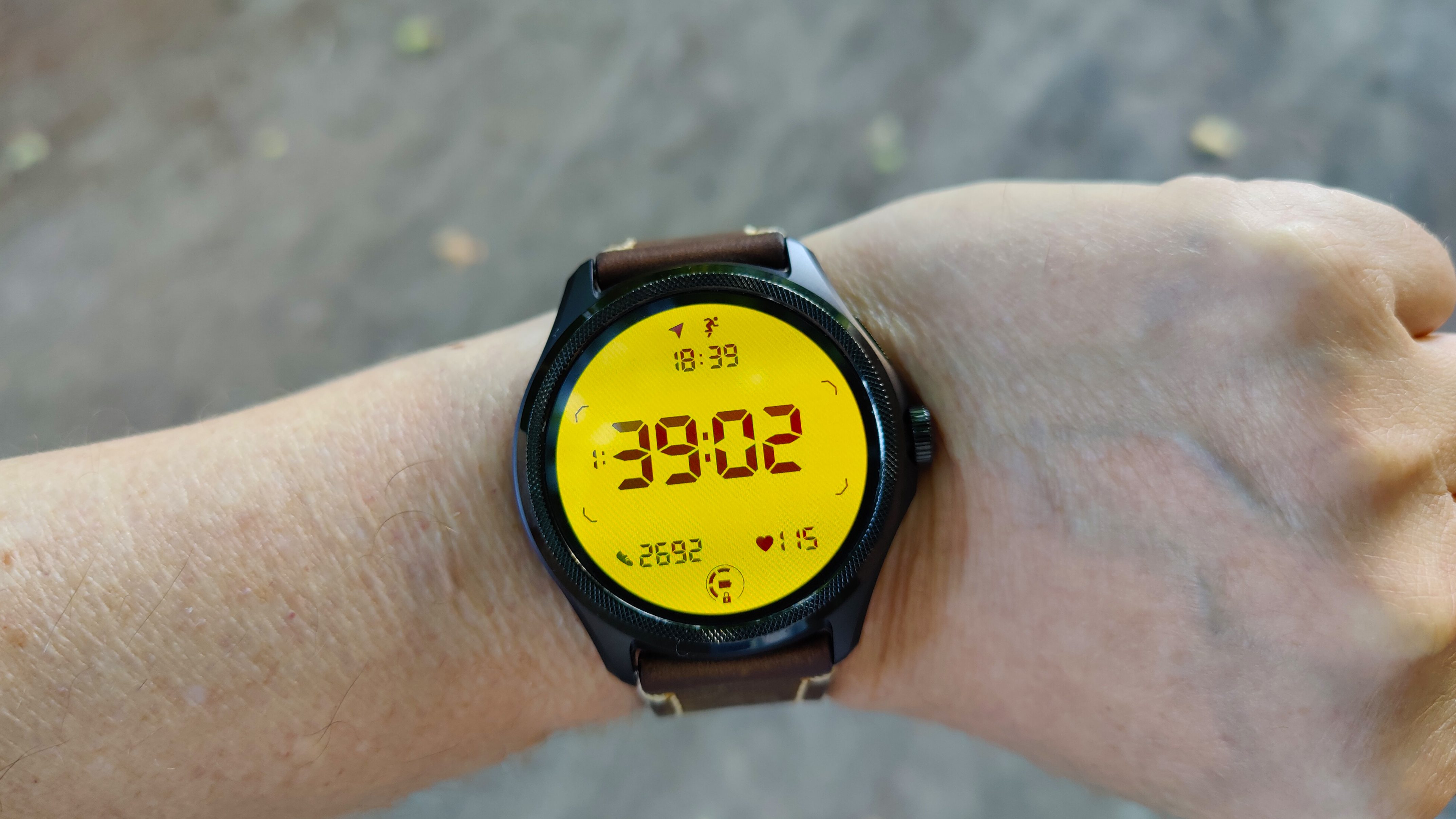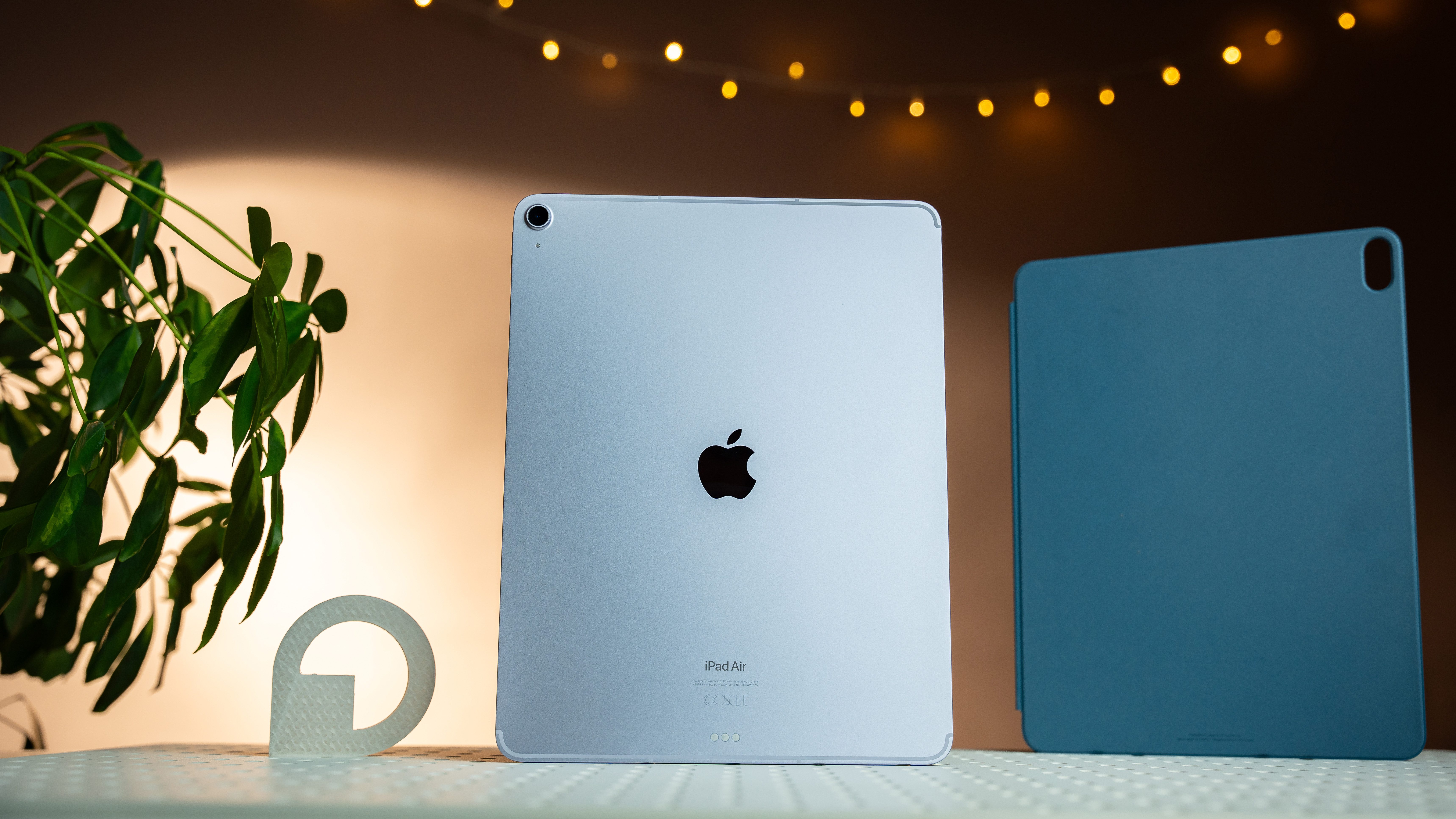
The Apple iPad Air 2024 now has a big brother. In addition to the familiar 11-inch version, there is now also a 13-inch version. This size was previously only available for the iPad Pro. The new iPad Air is likely to be the perfect “daily driver” for many people. With its new features, Apple has struck the perfect balance between the normal iPad and the Pro version. Nevertheless, you should be aware of the trade-offs involved in buying an Air model to avoid being disappointed later on. Who should buy the new iPad Air and who might have better options? Find out more here at nextpit in our first hands-on.
This is supposed to be a completely redesigned iPad? At first glance, hardly anything has changed in terms of design. Even the front camera on the long side, which was previously located on the narrow side of the tablet, is not recognizable at first glance.
And yet Apple says it has completely redesigned the new iPad models. However, these changes to the iPad Air are probably mainly to do with its inner workings. Moving the camera has its price and Apple engineers have had to redesign the iPads from the ground up.
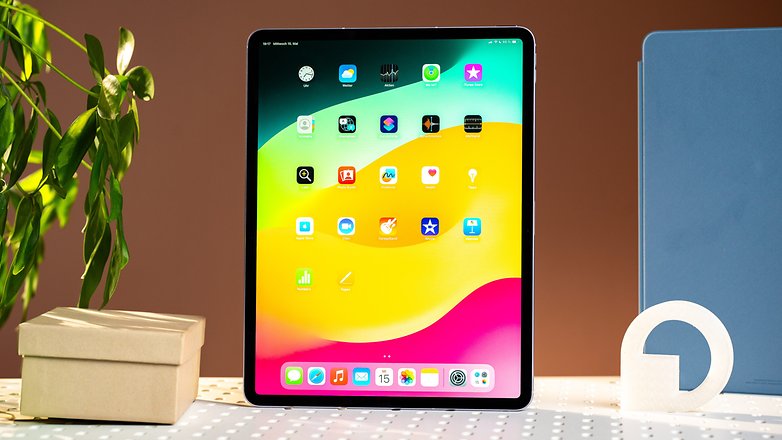
The M2 chip will provide the iPad Air with enough power for years to come
With the Apple M2, the new iPad Air gets the chip from the old iPad Pro from 2022 we reviewed a long time ago. Even on its release date in 2022, my opinion was who should really make the most of all this power. Even graphically complex games or video editing are no problem for the Apple tablet.
In any case, the M2 ensures that even in a few years’ time, today’s iPad Air will still be able to function without any problems and keep up with system upgrades.
New 13-inch version is a real eye-catcher
Customers will be even more spoiled for choice this year. While a 13-inch version was previously only available for the iPad Pro, this year Apple is also launching a large tablet for the Air model. As before, the large model is a real eye-catcher and offers plenty of space for apps and content.
Admittedly, if you place the new iPad Pro next to an iPad Air, the new OLEDs of the Pro models immediately catch your eye and create a “want-to-have” effect. However, if you don’t necessarily want the best that Apple has to offer, you can save some money with the iPad Air.
The cheapest entry-level version, now with 128 GB, is now available for $599 with an 11-inch display and $799 for the 13-inch version. In comparison, Apple is asking $999 and $1299 for the Pro versions.
What to look for in the new iPad
Let’s start with the good news: The front camera has finally been moved to the broadside. That sounds like a small thing at first. But anyone who has ever held video conferences with a predecessor iPad knows how bad the perspective felt.
But then came the first real issue: the place where the new camera is now located was previously the Apple Pencil charging unit. Now old Pencils no longer work with the new iPads—and vice versa, the new Pencils no longer work with the old iPads. Unfortunately, there’s always something wrong.
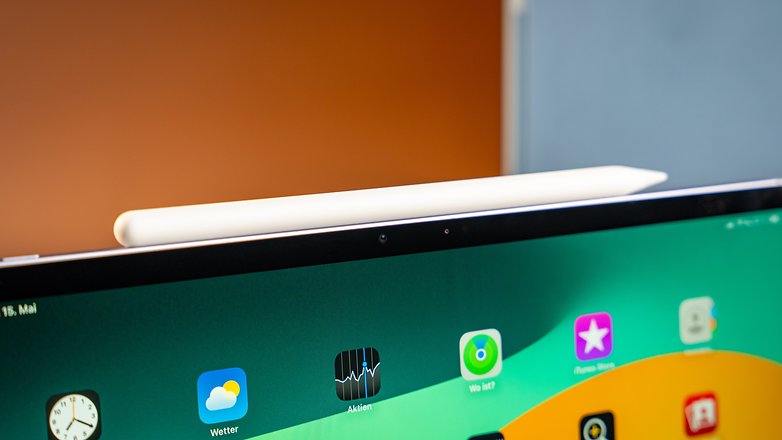
If you want to take something positive away from the whole thing, you can argue that the new Apple Pencil Pro has improved and now opens a new menu in many apps by pressing the pen together, with which colors, pens and tools can be selected quickly and easily. There is now also an additional sensor that registers the rotation of the pen. This means that the pen can now be used even more intuitively—just as if it were a real pen.
The second drawback compared to the iPad Pro is clearly the lack of Face ID. Instead, Apple continues to rely on Touch ID on the iPad Air via the fingerprint sensor in the tablet’s on/off button.
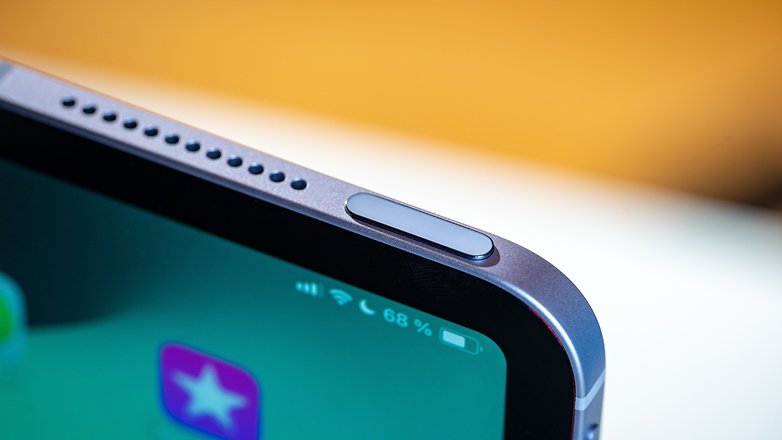
And finally, there are a few things that Apple will do without in the future and that you might be desperately looking for after unpacking. On the one hand, Apple will no longer provide a power adapter for charging the tablets within the EU and the UK.
There will only be a USB-C cable in the box. I personally welcome this. After all, I have piles of power plugs in my drawers that I never use due to their multiple redundancy. But if you don’t have one at home, you might be surprised at first—and then annoyed.
And on the other hand, there will no longer be a SIM card slot in the future. Instead, Apple is relying entirely on eSIMs. Again, I think this is a good and understandable approach. An eSIM is so much more practical and quicker to use than physical SIM cards. However, not everyone is likely to share my joy. After all, there are still a number of mobile carriers that do not yet support virtual SIM cards for mobile phone tariffs.
Conclusion: For many people, the iPad Air is the perfect computer for everyday work
If you want to surf the web on the couch from time to time and send an email or message here and there, you shouldn’t go for the iPad Air. Instead, the standard iPad is available for just $349. That’s still $100 cheaper than last year. This model can also be paired with a stylus and a keyboard, so you are perfectly equipped for most simple tasks.
However, if you want to work creatively with the Apple Pencil, have the really practical Magic Keyboard under your fingers, need significantly more power, or don’t want to do without a 13-inch display, the Apple iPad Air is the perfect choice.
The M2 chip offers plenty of power now and for years to come, so even video editing projects of the simpler kind are no problem.
There are a few things, such as the OLED display, that the iPad has to do without compared to the new iPad Pro. On the other hand, the price of the iPad Air with 128 GB starts at $599, considerably less than the “Professional” model.
All in all, however, you can’t go wrong buying an iPad Air and will be able to work very well with it for many years to come.


